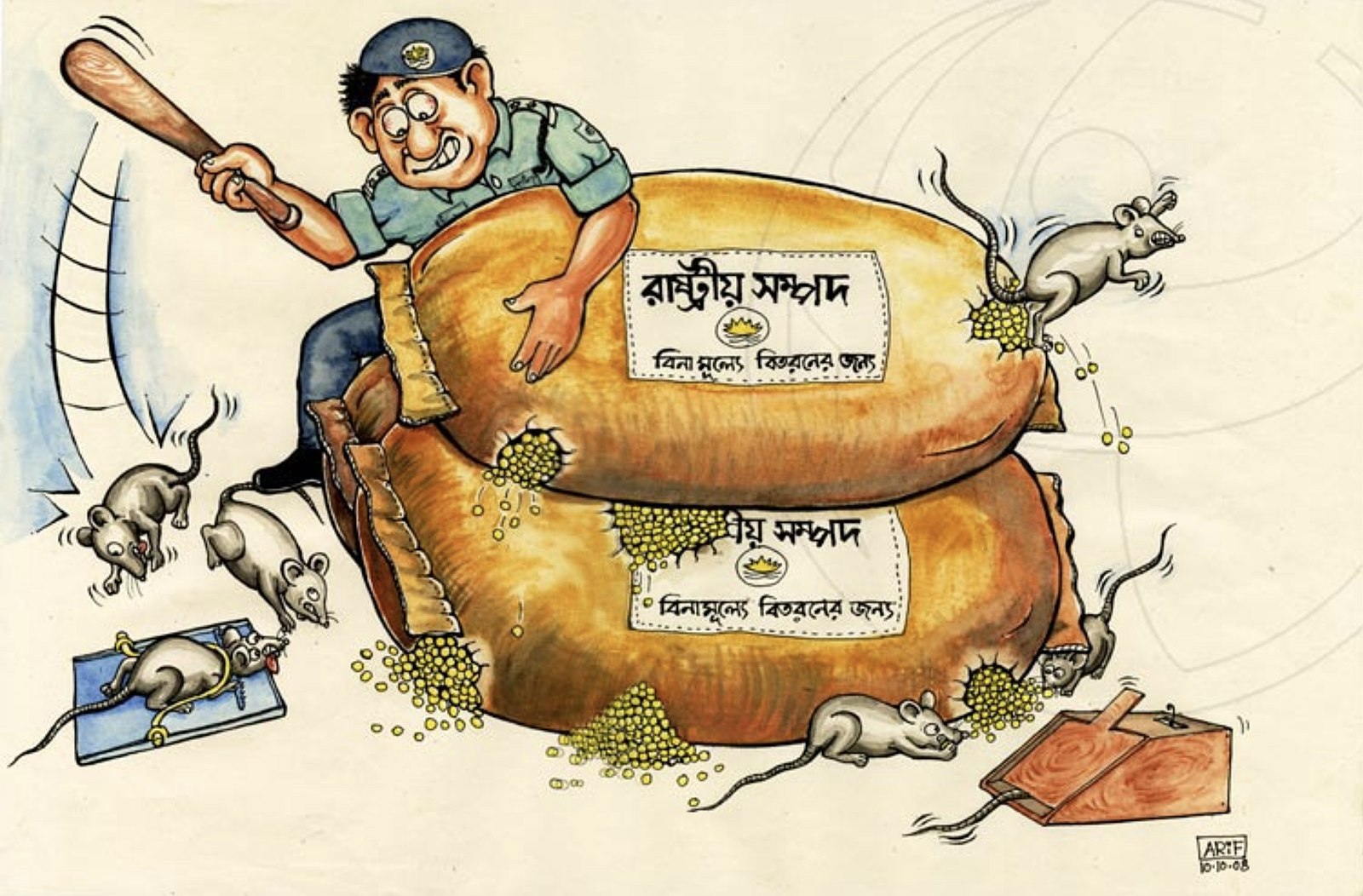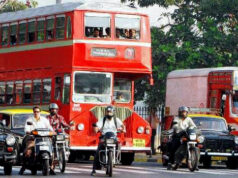Corruption is usually described as abuse of public power for private benefit. Corruption arises from the expansion of state power beyond its legitimate bounds. Government authorities often manipulate protocols and laws for personal gain and distort market mechanisms. It not only misleads economic incentives and corrodes public trust but also leads to inefficiency, resource misallocation, and economic stagnation.
Corruption in India has a long history, and its origin is rooted deeply in the foundation of India’s socialist democratic system. Its presence in the public policy discourse is steered usually by a recollection of a series of high-profile “scams” that plagued the country during the rule of the previous government. Numerous cases of corruption still permeate news headlines today and are subjects of public gossip.
Why does corruption flourish?
Even though the Licence Raj has been formally abolished, inefficiency and lack of transparency still persists. Private enterprises no longer need approvals from multiple government agencies. However, regulations remain opaque, and competitive dynamics for permit granting are still restrained. This centralised control empowers bureaucrats, ruling politicians, and mercenary ministers to exploit ample opportunities for bribery.
In developing countries like India, government rules regulate business activities, which require licences, permits, and authorisations. Multiple government approvals are often needed, which lead to interactions with various public servants to obtain these permits. Such regulations that confer this authority upon officers makes them agents with a quasi-monopoly power in the market. These exchanges are consistent with the theory of rent-seeking (Tullock, 1967), and overall corruption has negative consequences for economic development. This is visible in West Bengal.
Case of corruption in West Bengal
For over 34 years between 1977 to 2011, the Left Front ruled the state of West Bengal for seven consecutive terms. Throughout their rule, they have affected the work culture practised by government employees. It has been replaced by a culture of absenteeism and corruption.
During their political terms major factories like Dunlop and Hindustan Motors have shut down. Hundreds of workers have lost their jobs. Another five jute mills closed within a single year. As a result, around 302,000 workers have lost their jobs.
In 2021, central investigation agencies also exposed a coal mining scandal, which is estimated to be over Rs 1,300 crore. Several IPS officers, ministers, and high-profile members of the ruling party were incriminated in this case.
This pattern continues in the department of education. In 2022, the Central Enforcement Directorate raided several places in Kolkata and confiscated Rs 52 crore from the residences of a former West Bengal minister for education. Central agencies also uncovered illegal real estate, linked ostensibly to a potential scam in the recruitment of teachers. Calcutta High Court, nullified appointments of 25,373 teacher appointments across the state.
The Public Distribution System (PDS) was next. In 2023, a former West Bengal food and supplies minister was arrested for a multi-crore ration distribution scam. The scam involved diverting goods worth over Rs 10,000 crore away from PDS to the open market.
Corruption is so institutionalised that it has a new name. The ruling party of West Bengal has introduced “cut money”, instead. Cut money is the modified version of bribery, wherein an illegal commission is levied by local politicians to sanction grants for local area schemes. Citizens who need government services, such as medical aid or any of the welfare schemes, have to pay this cut money, often. According to a survey, 46% residents of West Bengal admitted to offering bribes to get their work done, out of which 36% paid bribes multiple times while 10% gave bribes once or twice. Authorities who received these bribes were spread across various departments of the public sector.
How to prevent corruption?
Corruption is not confined to West Bengal but is a nationwide issue. Every day, citizens witness new corruption cases that involve high-profile ministers, bureaucrats, and even Chief Ministers from various states. Whether it is at the centre or state level, corruption is pervasive in every government. Austrian economists Murray Rothbard and Ludvig Von Mises offer important insights into what we are witnessing on corruption in India.
Murray Rothbard once remarked, “A vital part of urban progressivism was a frenetic attack on the ‘corruption’ of politicians”. This remark stands true in India’s recent history. Urban progressivism continues to play a crucial role in shaping political discourse and action up to the present time. In 2011, India witnessed a widespread movement led by Anna Hazare in which thousands of common civilians joined in demonstrations against a series of corruption by the ruling politicians and their cronies. Ludvig Von Mises pointed out, rightly, that corruption is an inevitable by-product of an interventionist economy. The more power the government exerts, the more corruption flourishes. This has been true of most government policies, especially in the state of West Bengal.
In the era of increased urban progressivism in India today, the government does advocate expanding democracy and eliminating corruption. The pretext is noble, but the agenda is sinister. Citizens need to be on guard to make sure governments do not manipulate democracy to favour certain groups, while altering political power in the process. Governments are capable of deceiving individuals and organisations (Newman, 2018). If the government mechanism propagates corruption, one thing that is never going to decrease corruption is more government. The question of how to reduce corruption makes the question of how to reduce government intervention significant.
Also read: “Economics of Corruption” by economist BR Shenoy. In February 1975, he delivered this lecture at the H A College of Commerce, Ahmedabad, the put forward the thesis that corruption is an inevitable by-product of the policy of interventionism.
Post Disclaimer
The opinions expressed in this essay are those of the authors. They do not purport to reflect the opinions or views of CCS.






